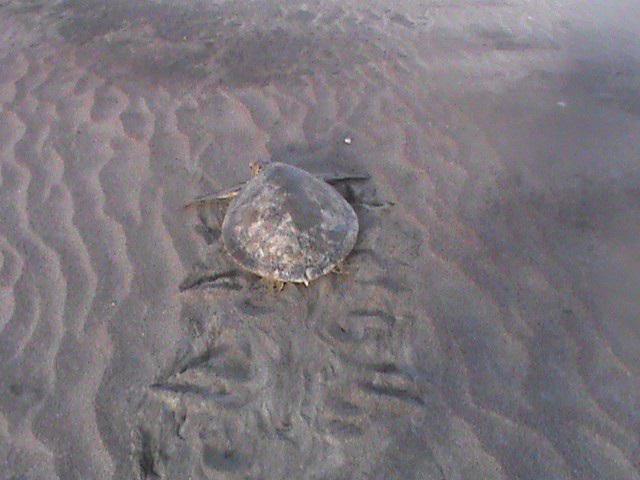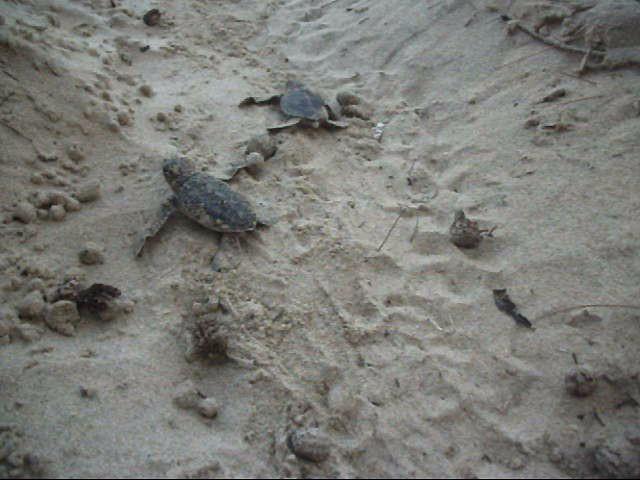Edward Mwamuye
Other projects
The aim of the project is to protect and conserve mangroves and enhance sea turtle protection and recovery through active involvement of the local community

Marine environmental degradation, destruction of mangroves by the community and deliberate hunting of sea turtles in the entire Coastal area still occurs today. Sea turtles play a vital role in the ecology of the complex marine and coastal ecosystems they inhabit and upon which human populations depend. It is apparent that a higher percentage of the numerous threats facing sea turtles are human caused. Although it is an uphill task to completely eliminate destructive human behaviour, this can be changed through promotion of sustainable resource utilization, community empowerment and targeted education and campaigns and enhanced stakeholder and community participation.

The project intends to contribute significantly to conserve the coastal marine through an effective model for participatory community involvement. The ultimate goal is to ensure that marine resources are used and managed appropriately, to improve livelihoods for people while also delivering important environmental services in protection of globally important biodiversity in perpetuity. The initiative will assist the government of Kenya [GoK] in building local conservation capacity. It will help implement GoK’s forest policy and legislation and the environmental management and co-ordination act, which underscore the importance of community-based natural resources management. It will also demonstrate how investment can make environmentally-sound land management economically viable.
The project will help the government meet its obligation of conservation and sustainable use as set out in the convention on biological diversity. It will also contribute to poverty reduction strategy process. Most important this project will be major contribution to the implementation of the sea turtle strategic management plan recently produced with support from the USAID through the Kenya Wildlife Service. The rationale behind this project is that, by working together, people will able to achieve more than individuals or organizations working on their own, and involving those affected is likely to result in a better and more acceptable long-term solution. These desired outcomes will thus led to increased acknowledgement of participatory activities as a means of achieving environmental and sustainability goals. Overfishing and mangrove destruction will be reduced through enhanced sustainable resource utilization practices.
The envisaged contribution of the project will be a contribution towards national and regional priority issues in the recovery of sea turtle populations. The project will also see the rehabilitation of sea turtle habitats and destructed areas. The project will promote community participation, enhance conservation awareness outreach programme and built long-term capacity for sustained sea turtle conservation in Kenya.